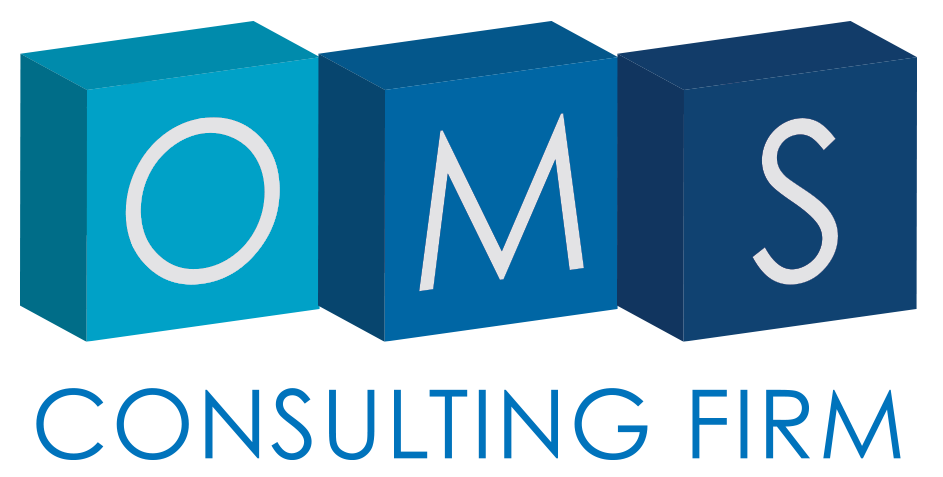As the impacts of the coronavirus crescendo, what should you do as an OMS business owner for your patients, staff, and practice?
Most everyone is feeling the effects of COVID-19. As an oral and maxillofacial surgeon and business owner, you may be wondering what you can do at your practice – for your patients, your staff, and yourself. First and foremost, we encourage you to follow the relevant clinical and public health guidance being issued by CDC, ADA, AAOMS, and other entities. For your practice management, though, we’ve pulled together a list of recommendations that you can use to help develop stability for your people and your business.
Give OMS Consulting Firm a Call for Free Support
During the COVID-19 pandemic, Scott and the team at OMS Consulting Firm are offering free phone consultations to OMS practice owners and administrators. We can work together to talk through your practice’s response and how you can enhance practice management to build stability during these uncertain times. Reach out to us at http://www.omsconsultingfirm.com/contact-us/ or (833) OMS-FIRM.
Communicate With Staff
Direct lines of communication with staff are imperative. As a business owner and practice leader, you can be empathizing and connecting with your staff about the challenges we’re facing, both in the office and at home. If possible, reassure your staff that their jobs are safe and they will be able to return to full-time work when the pandemic has passed. Discuss what flexibility you’re offering with regard to leave and accommodation policies.
Keep this communication consistent and regular. We recommend selecting a primary communication channel for staff updates (e.g., private social media page, e-mail, or group text message for all employees). Consider assigning a senior staff member to send out weekly updates of what is happening in the office and/or what needs to get done. Keep them abreast of the latest government, CDC, ADA, and/or AAOMS recommendations and how your office is planning to implement them.
Communicate With Patients
Here are some recommendations for patient communication:
- Direct your front office staff on how you want them to field calls from your referrals and patients.
- If your hours of operation or scope of practice will change during this time, proactively notify patients with upcoming appointments about these changes.
- Add information about how COVID-19 is impacting your practice operations to your website, patient portal, and social media.
- Consider sending an email to your patients, especially those with upcoming appointments, about how your office is responding to the pandemic.
Enhance Operations (if possible)
You may need to limit your operations to emergencies or otherwise see a decline in appointments, so we recommend working with your management team to identify what your staff can do during this time to maximize efficiency. Some questions to consider:
- Is there any A/R clean up to do?
- Are there any manuals, policies, and procedures that need to be updated?
- Is there any online training or continuing education that staff need to catch up on?
- What work could be accomplished remotely?
- Can you schedule a meeting with your managers (virtually, if needed) to review the financials, compile last year’s data, and compare to previous benchmarks?
- Is there anything you’ve been meaning to do to improve your practice but haven’t because everyone’s busy treating patients.
Just because appointments may reduce doesn’t mean your staff have to sit idle. This may be the ideal time to tackle those practice improvement projects that you’ve been wishing you had time to accomplish.
Closing Thoughts
You might have noticed these recommendations tend to focus on communication. During times of uncertainty and change, you can support your people and your business by communicating clearly and consistently.
Lastly, remember the problems we’re facing with COVID-19 will ease, and your schedule will be full again. In the meantime, we hope you and your staff are able to reflect, respond, communicate, and stay safe.
Image courtesy of CDC, Alissa Eckert, MS; Dan Higgins, MAMS.


Recent Comments